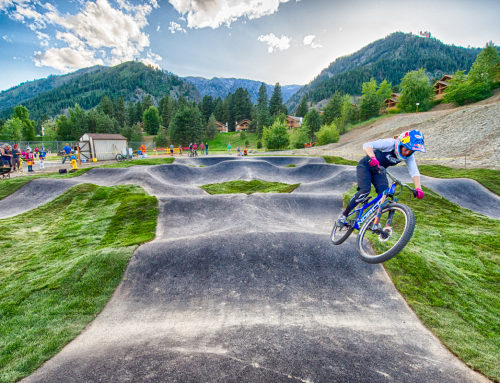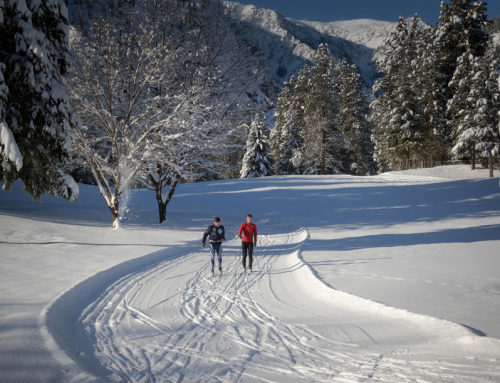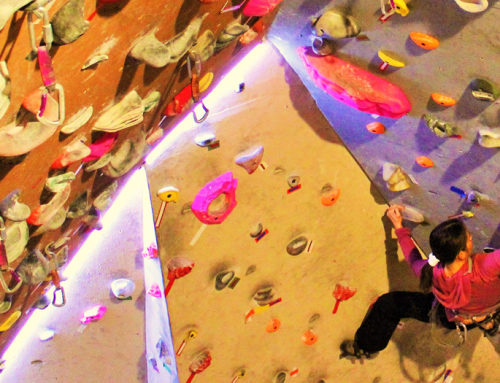
.
No storms for what seems like forever. What’s a mountain rider to do with conditions like these? Well, one thing would be to think back a season and revisit some old ideas that formed while actually riding something other than the couch.
.
What to do, what to do? Rained up to 6,000 ft then froze rock-solid. No storms for what seems like forever, driest winter in the past 10 years in fact. What’s a mountain rider to do with conditions like these? Well, one thing would be to think back a season and revisit some old ideas that formed while actually riding something other than the couch.
.
.
The current winter makes one really ponder the reality of climate change. But just as a single record hot day does not prove global warming, neither does a single dry winter. Climate change is much more subtle than that. To personally observe changes as long and slow as this without the rigors of pure scientific mathematical models (which are boring and completed while also sitting on the couch), one must look to a continuously progressing record of a subject that is in itself sensitive to this change. A stream of small seemingly insignificant observations of “something”, like those peripheral notices that worm their way into your head over the course of a decade or so. My sensitive subject of choice is SNAKES! Yes snakes (but not on a plane). The Rubber Boa in fact, a constrictor of the Boa Family might lend some clues to my current quandary.

As our only indigenous boa, this snake is totally cool. Scale color can be brown, yellow, green, orange and even pink when young. Like other boas, this snake gives birth to live young, is nocturnal, and sustains itself by snuffing out prey with constricting coils. Admitted it does seems implausible that a creature we generally associate with tropical conditions should flourish in the Pacific Northwest. Especially considering their cold-blooded bodies and nighttime hunting habits. Very calm creatures too. You are completely safe to pick one up and move him or her gently off the trail. They don’t bite and will simply curl around your palm. So say hello and place them safely under a log when you encounter one. Rubber Boas are important players as they eat up all the rodents that spread disease and eat farmers’ grains.
My first encounter with the Rubber Boa was south of Blewett just shy of Cle Elum. Having never seen one I thought it to be a large earthworm of types. A couple trips to the library (yes, library! no internet back then) and I was astonished to learn these basic facts, listed above, of an actual boa constrictor living under my house in the Cascade Mountains. Ironically enough at about this same time I also learned about the Little Ice Age when all Cascade glaciers advanced less than 300 years ago. My newfound knowledge of this climatic event was NOT discovered in the library though. Rather, I learned about this icing event through direct measurements and observations of several valleys high in the Cascades. Only to find out later that it did have supporting literature. So what’s the point of bringing this up? Well two reasons: first, I was able to discern an actual physical truth about my region by careful reflective observations and second, it was very cold here not that long ago! Oh, to ride a glacier to the Icicle Valley floor. Or imagine Barrier and Big Chief Bowl with crevasses. Interesting that a short time ago we were in perpetual winter and now we seem to headed for…. So what can the snakes tell us?

Three full years past before my next Rubber Boa sighting, this one just north of Blewett. The next sighting was another two years in the waiting. Then a mere one year later a friend found a large female in Merrit that was probably around 50 years old. Here’s where I took notice. It seemed that I was seeing these animals more and more. What does it mean? I think an obvious conclusion is that conditions are favoring these snakes. And what do I know about snakes? They like it warm…

The next several years afforded a few more observations of this little two-headed snake (their tail looks like a head). And finally, fast forward to last year, the summer of 2013. In a single summer I found four Rubber Boas! The pictures shown here are all different snakes all observed in 2013 from Peshastin to the Chumstick, all in different locations, all at different times of day. Living to an age that’s considered old even in human terms, this slow reptile seems to be gradually winding its way further and further into the upper reaches of the Wenatchee River Valley. Not to say boas haven’t always been here, but the relative abundance of this snake might provide a good measure of just how much the long-term weather patterns are shifting. At least it’s certainly a more interesting way to imply changes in climate than the old couch trick with 1’s and 0’s played out on a 100CPU in some basement! Just as the Little Ice Age left deposits to note and measure, this little snake is like a worm in my ear hinting at the creeping climate change around me.

My casual observe-while-enjoying-nature methodology is definitely a bit loose. But did I change my observation-sampling interval? Not really, all these sightings happen when I’m riding which for the past 20 years has been pretty much “consistently-all-the-time”. Of course many of our local orchardists probably observe more boas than I, but it’s the relative difference that matters. Knowing what to look for, am I observation bias? Perhaps. But whatever, I’m not writing a science journal. I am simply sharing one of many musings I entertain while riding in our awesome backyard. And who knows? Maybe it really does have some significance… Even so, winters come and go and we will have many powder days yet to come. Its just part of that slow progression of change. Extremes in both directions should be expected. Nevertheless, in pure defiance of my own conclusions I beg: please get me off this couch, let it SNOW!!!




